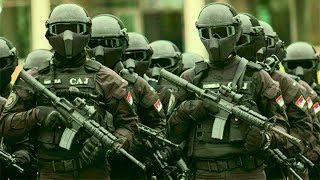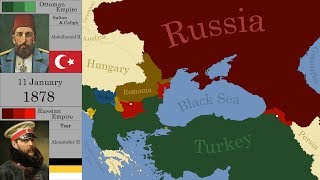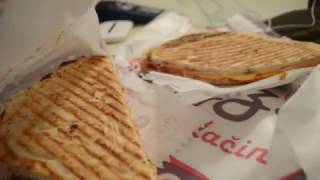Sunday, 21 December, 2025г.
















Где искать: по сайтам Запорожской области, статьи, видео ролики
пример: покупка автомобиля в Запорожье
The Serbian-Turkish Fought War In 1876
The Serbo-Turkish War (Serbian: Српско-турски рат), sometimes called the Serbian--Ottoman War, was fought between the Principality of Serbia and the Ottoman Empire from the Serbian declaration of war on 30 June 1876 until the Treaty of San Stefano of 3 March 1878. In 1876 Serbia couldn′t lead offensive war with aim to destroy Ottoman Empire, but could lead a war with limited aims. Serbia deployed larger number of units at the beginning of the war. Serbia commanding fragmented those forces, without distinctive attacking point which allowed Ottomans to at first stop Serbian offensive and then in counteroffensive to beat fragmented Serbian forces with their concentrated attacks. Concentration forces on left side bank of South Morava gave Ottomans double supremacy on the battlefield and during autumn they have continued their successiful offensive which was crowned with victory on Đunis height. During final truce signing, situation od Serbian forces was not as bad as it looked because Ottomans were not capable to continue their offensive because of very bad operative position and general strategic situation, so thay needed peace as much as Serbs did. The war merged with the Bulgarian uprising, the Montenegrin War and the Russo-Turkish War (1877--78).
In 1875 a Serbian revolt broke out in Herzgovina, in the province of the Ottoman Empire, sparked a series of rebellions and uprisings against the Ottoman forces on the Balkan. In such circumstances, without the possibility to stay on the sidelines, the two semi-independent Principality, Serbia and Montenegro, declared war on Ottoman Empire on June 18, 1876. Political circumstances in the world were not in favour of the Serbs in this war. As Russia was considered the main rival to interests of the West- European powers in the Balkans, Europe didn't support the Serbian war against the Ottoman Empire. All official pleas that the Serbian government sent to Europe were ignored. Serbia was left to herself.
The main Serbian army under Cerniaev concentrated at the Southern fortress of Aleksinac. It consisted of 3 Serbian divisions and a variety of volunteer formations totaling about 45,000 men. In the North-East, Lesjanin based at Saicar commanded an infantry division (6000) with cavalry support and the Bulgarian Legion (2000). In the West there were two weak divisions (5000 each), one in the South-West at Usica commanded by Zack and one in the North-West at Sabac commanded by Alympic. The main rifle was the M.1870 Serbian Peabody which had a performance similar to the Russian Krnk. Whilst this was the best weapon available to Serbian troops many had to make do with the erratic M.1867 Serbian Greene conversion or even muzzle-loaders. Artillery batteries contained a variety of mostly bronze guns almost all inferior to the Turkish Krupps. There were very few cavalry squadrons reflecting the nature of the terrain and those which existed were poorly equipped. At that time Serbia was accepting all volunteers, there were many volunteers from different countries and cities, including Italian followers of Garibaldi and Prussian officers, representatives of different nationalities were fighting --Englishmen, Italians, Frenchmen, Greeks, Romanians, Poles. In various volunteer detachments, the biggest of which were detachments of Russian and Bulgarians. During the war of 1876-77, on the initiative of Giuseppe Garibaldi a detachment was created consisting of several hundreds of Italian volunteers. Russian volunteer detachments formally independent of the Russian state stood up in defense of Serbia. The biggest number of Russian volunteers fought in the Timocko-Moravska army, their number was around 2200, out of which there were 650 officers and 300 medical personnel.
The main Ottoman army was based at Sofia under Abdul Kerim with 50,000 men plus irregular Bashi-Bazouks and Circassians. There was a garrison at the border fortress of Niš commanded by Mehemet with 8000 men. In the North-West at Vidin, Osman Nuri had 23,000 men. In the west there were small garrisons at Bijeljina and Zvornik with a larger force (12,000 mostly Arabs and Egyptians) under Dervish and Mehemet Ali in the Sanjak. Substantial numbers of Redif troops were called up for this war mostly armed with former British Sniders. The superior Peabody-Martini was becoming more widely available and was certainly used by the Egyptian troops. Krupp breech loaders are most frequently mentioned although there must have been significant numbers of bronze guns. Turkish troops performed well during the war albeit badly officered and inadequately supplied.
Похожие видео
Мой аккаунт


 У вашего броузера проблема в совместимости с HTML5
У вашего броузера проблема в совместимости с HTML5


